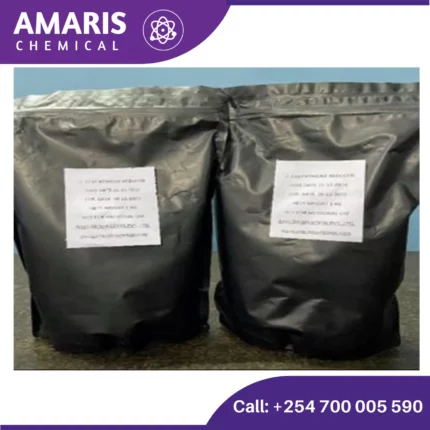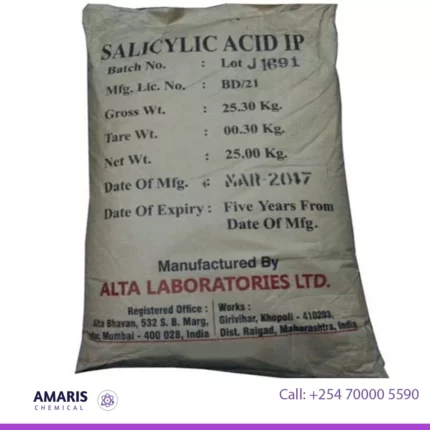Reviews (0)
Be the first to review “Phloretin” Cancel reply
Shipping & Delivery
Related products
Camphor Powder
KSh0.01
Camphor powder is a fine, crystalline substance derived from the camphor tree (Cinnamomum camphora) or synthetically produced. It is commonly used in various applications for its distinct aroma and medicinal properties. Camphor powder typically possesses a strong, minty scent and a white color. It is characterized by its volatile nature, easily vaporizing when exposed to air.
Camphor powder is known for its wide range of uses, including as a fragrance ingredient in perfumes, soaps, and candles. It also serves as a moth repellent and is often utilized in insecticides and pest control products. Additionally, camphor powder has been used in traditional medicine for its analgesic, anti-inflammatory, and antiseptic properties, finding applications in ointments, balms, and liniments. However, it is important to note that camphor powder should be used with caution and under proper guidance, as excessive exposure or ingestion can be harmful.
Potassium iodide
Active Pharmaceuticals Ingredients, Analytical Reagents, Nutrient Supplements, Photographic Chemicals
Powder Sodium Mono Fluoro Phosphate [Na2PO3F]
Sodium monofluorophosphate (Na₂PO₃F), commonly abbreviated as SMFP, is a compound used in dental care products, particularly toothpaste, for its anti-cavity properties. Here are some key points about it:
- Chemical Composition:
- Formula: Na₂PO₃F
- Molar Mass: 143.95 g/mol
- Appearance: White, odorless powder
salicylic acid
KSh0.01
Sodium Fluoride 500gm
Trypsin 100gm
Trypsin is an enzyme that plays a crucial role in digestion. It belongs to a class of enzymes called proteases, which break down proteins into smaller peptides and amino acids. Trypsin is produced in the pancreas as an inactive precursor called trypsinogen, which is then activated in the small intestine by another enzyme called enterokinase.
Once activated, trypsin catalyzes the hydrolysis of peptide bonds in proteins, specifically targeting the carboxyl side of the amino acids lysine and arginine. This process is essential for the digestion of proteins into smaller peptides and amino acids, which can be absorbed by the intestines for nutrient uptake.
Trypsin is also used widely in biochemical research and biotechnology, particularly in protein analysis and manipulation. Its ability to selectively cleave peptide bonds makes it a valuable tool for studying protein structure and function.


















Reviews
There are no reviews yet.